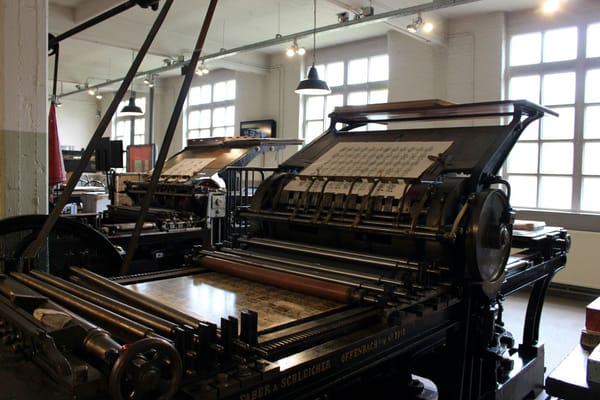Feudal Japanese Society

Saying “The Middle Ages” will probably spark an image of a majestic castle in Germany, or perhaps a field full of brave knights fighting each other. Something you might not think of is Japan. However, the Middle Ages certainly did happen in Japan. This is the social structure in Feudal Japan.
At the top of the social ladder was the Emperor (天皇). He was more of a figurehead than an actual leader, and spent most of his time studying Buddhism and writing poems.
The next and most powerful person in Japan was the Shogun (将軍). He was the military director of the Emperor and was the person actually ruling the empire. Although mostly military, he had some authority in all aspects of running the empire (farming, land division, etc.).
The equivalent of an English or French lord was the Daimyo (大名). These positions were basically the same as their western counterparts. The Daimyo would pledge his allegiance to the Emperor and Shogun, and then rule his land like a small kingdom and had their military, which consisted of Samurai.
Samurai (侍) are probably the most well-known class of people in Medieval Japan. People usually believe that they were the counterparts of an English knight, but the Samurai were actually professional soldiers that formed the backbone of the Daimyo's armies. They were highly skilled, and could fight with swords (刀 or かたな), spears (槍), bows (弓), or even matchlock guns (種子島). Samurai means “One who serves”, and would rather die than betray their masters.
Finally, peasants (農夫) were the lowest class of people. The highest-ranking type of peasant was the farmer, who owned land and grew crops. Next were the artisans, some of which were significant, like weapon smiths, and finally were merchants, who were thought of as living off other people's work and weren't so relevant.




